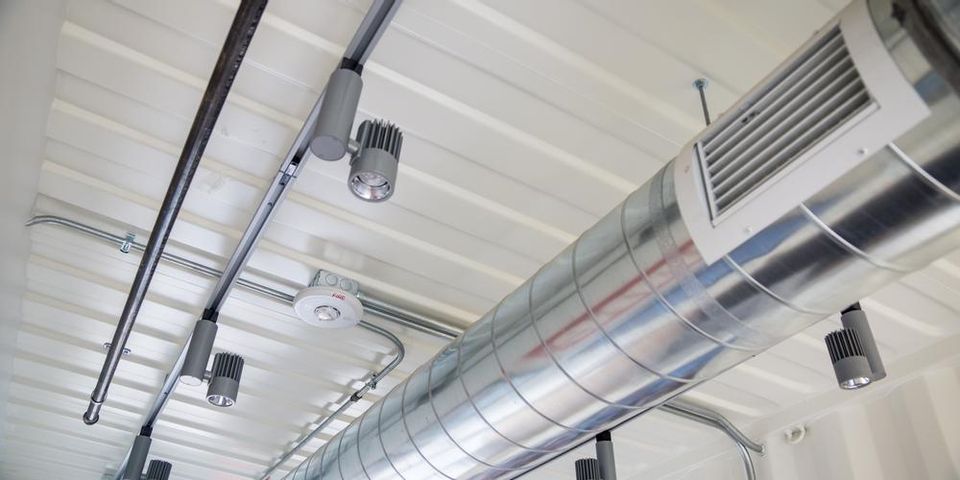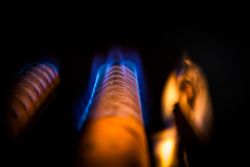A Step-By-Step Understanding of Your Furnace

Keeping your gas furnace in good running condition may seem like a full-time job, but understanding how it works can help you solve those occasional problems. Wilson HVAC Systems in Becker, MN has kept their clients warm for the past 21 years. Their trained technicians have a firm understanding of the intricacies of gas furnaces, and they want to share their knowledge to help you make it through winter.
How Your Gas Furnace Works
1. Getting Started
When you use your gas furnace, the first step is programming a preset temperature on the thermostat. The thermostat is a temperature-sensitive switch, and when it detects the temperature in the room has dropped below the preset comfort level, it sends a message to the furnace. A low-voltage electrical current signals a valve to open and release a flow of natural gas.
2. Heat Production
 As natural gas is released, the blowers also turn on. Depending on the age and model of the furnace, either a pilot light or an electronic ignition lights a burner inside the combustion chamber. This reaction creates heat inside a metal chamber called the heat exchanger.
As natural gas is released, the blowers also turn on. Depending on the age and model of the furnace, either a pilot light or an electronic ignition lights a burner inside the combustion chamber. This reaction creates heat inside a metal chamber called the heat exchanger.
3. Heat Distribution
After producing enough heat within the heat exchanger, the warm air flows into the hot-air plenum connected to the ductwork. The air travels through the ductwork where it is then dispersed throughout the home via the vent system. The furnace continues producing heat and sending it through the ductwork until the thermostat signals the air in the home has reached the desired temperature. The gasses produced from the combustion process are vented through a flue and directed away from the home.
A gas furnace is an affordable and efficient way to heat your home, and a qualified HVAC contractor from Wilson HVAC Systems will make sure it is always ready to work. Schedule an appointment for furnace repair and maintenance by calling (763) 261-5196 or visit them on Facebook for more information.
About the Business
Have a question? Ask the experts!
Send your question

